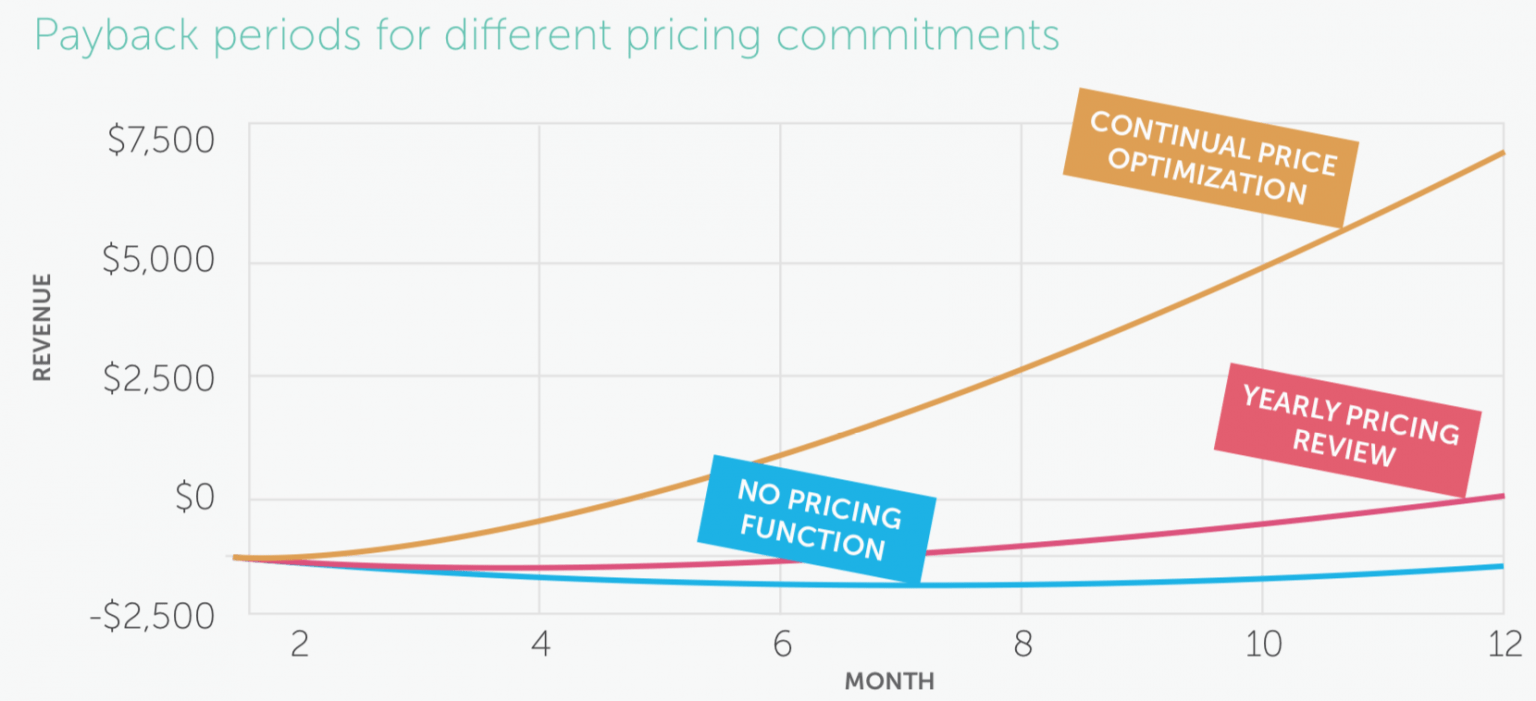
Each of them may be employed to reach different goals.


This pricing strategy can be applied in different forms. Consumers with more limited funds or other spending priorities might wait for lower prices or sales to purchase a product or service. Usually, this pricing model is more efficient among wealthier consumers since they have enough resources to cope with price variations. It’s not designed to work for every business or industry but among those that feel its positive impact, we can find: hospitality travel entertainment e-commerce businesses retail electricity, and public transportation. It allows businesses to modify prices based on algorithms and machine learning, considering competitor pricing. In this model, prices continuously fluctuate, in a matter of minutes, hours, or days, based on the market in which a business operates.ĭynamic pricing, also called real-time pricing, surge pricing or time-based pricing incorporates many technologies to obtain a spontaneous range of prices. This pricing strategy enables businesses to set flexible prices depending on current market demands. In simple terms, the dynamic pricing model can be looked at as a way of selling the same product at different prices to different groups of people. In this post, we’re going to identify different types of dynamic pricing strategies as well as help you establish if it’s an efficient pricing model for your business. Among other common examples of dynamic pricing, we can find happy hours at a local bar, airline pricing based on seasonality, and ride-hail surge pricing. Prices of everyday goods, such as toilet paper and hand sanitisers increased dramatically based on demand.

Recently, we’ve all seen concrete applications of dynamic pricing in different markets.


 0 kommentar(er)
0 kommentar(er)
